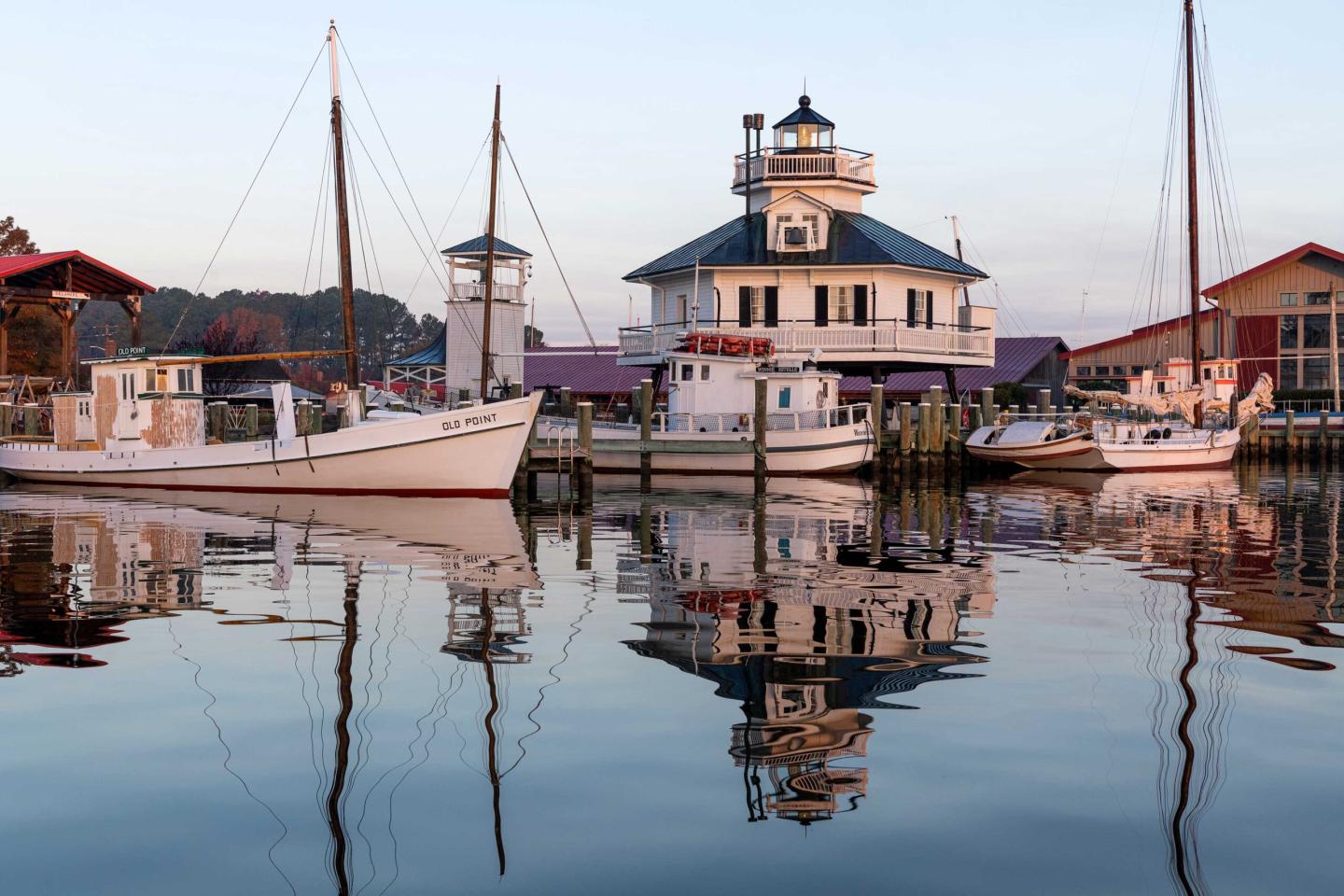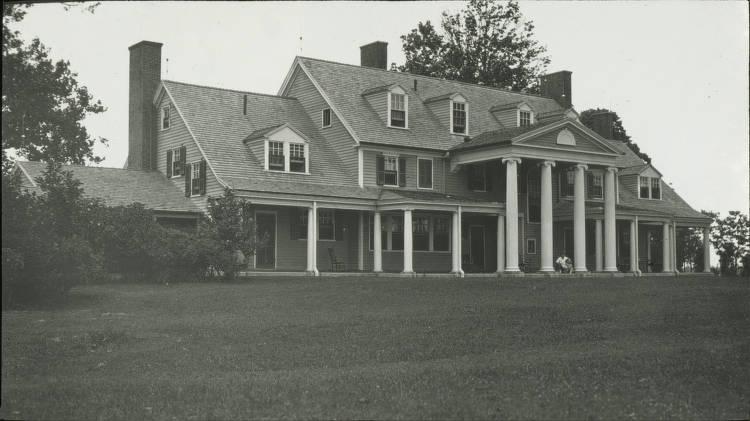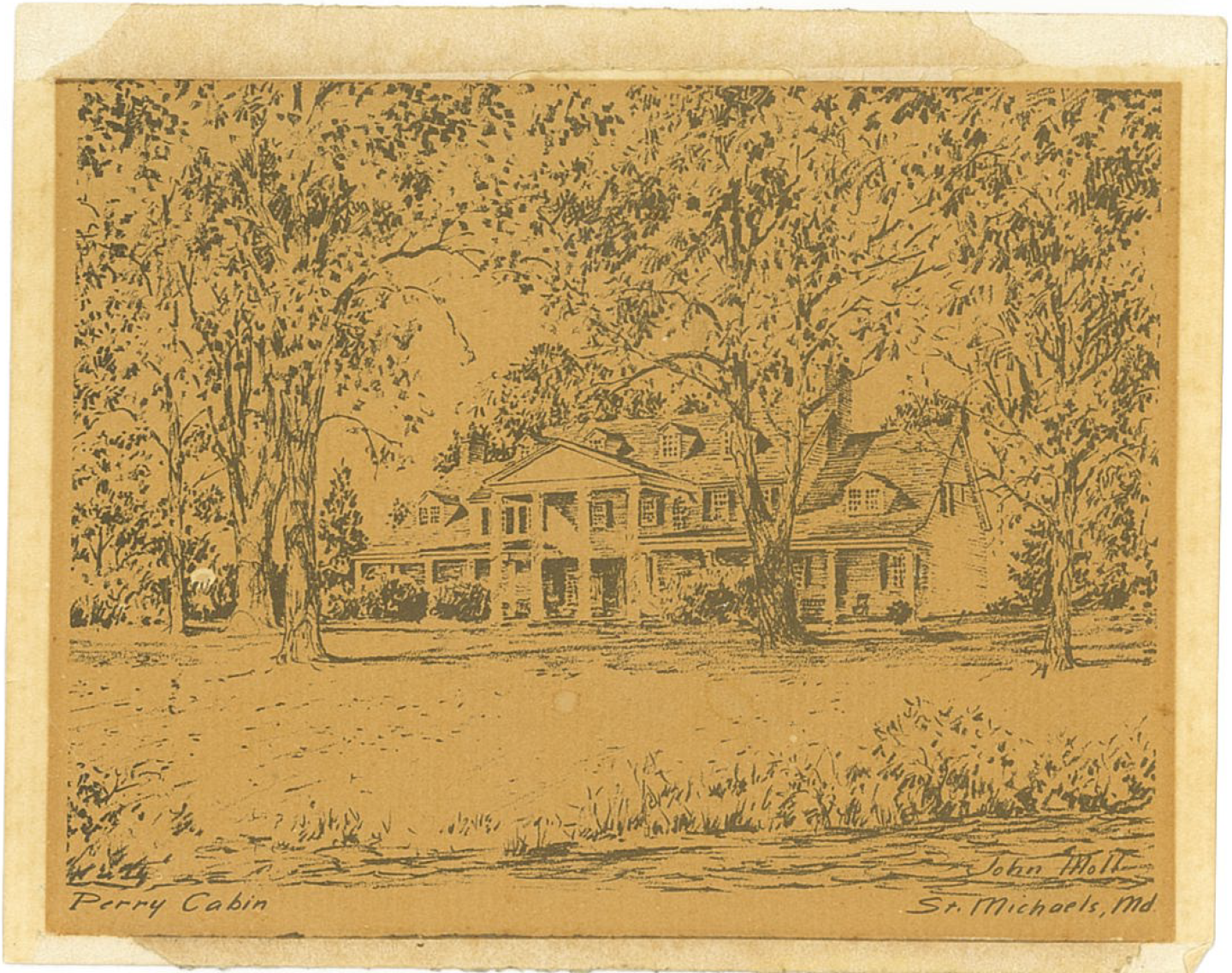
History of St. Michaels
The Early History of St. Michaels: Land grants dating from the 1640's to the mid-1670's established much of the present periphery of the town. The river and (probably) the tiny village were known as St. Michaels before 1658. It is likely that the current name of the river, the Miles, is a corruption of the town name, and there is at least one citation, in the will of William Hambleton of Martingham, in 1675, which refers to the "Myles" river. In about 1677, the Christ Episcopal Church of St. Michael the Archangel parish was founded on a narrow neck of land between the Miles River and Broad Creek.
During the next hundred years, forests were cleared, ships were constructed with the timber and the land tilled for tobacco. The village remained small, but attracted a number of shipwrights and craftsmen to support the small shipbuilding industry. The tobacco market waned with the advent of the American Revolution and agricultural production turned to wheat to feed Washington's troops.
In 1778, James Braddock, an agent for a British firm, purchased approximately 20 acres and subdivided St. Michaels into a planned community of 58 lots (Touart). Its contemporary neighbors then and now were already on the map. Both the nearby town of Oxford and the private ferry service from Oxford to Bellevue were already almost a hundred years old; Tilghman Island had already been a political entity for 70 years; the village of Talbot Court House (later Talbot Town. now Easton) developed in the early 1700's and had some Quaker structures from the late 1600's.
The current St. Mary's Square was the centerpiece of Braddock's plan. By the time the Treaty of Parts was signed to end the Revolutionary War in 1783, "there can be no doubt that ... (St. Michaels), though small, was firmly established (Touart). The village was incorporated as a town in 1804. Between 1804 and 1806, the village was re-surveyed and platted as three squares: Harrison's square at the north end, Thompson's square to the southwest and the original Braddock's square on the southeast end. Many of the current homes and some shops date from the late 1700's to the late 1800's and the aura on main street (Talbot Street) and the homes on side streets pleasantly reflect colonial, Federal and Victorian eras.





